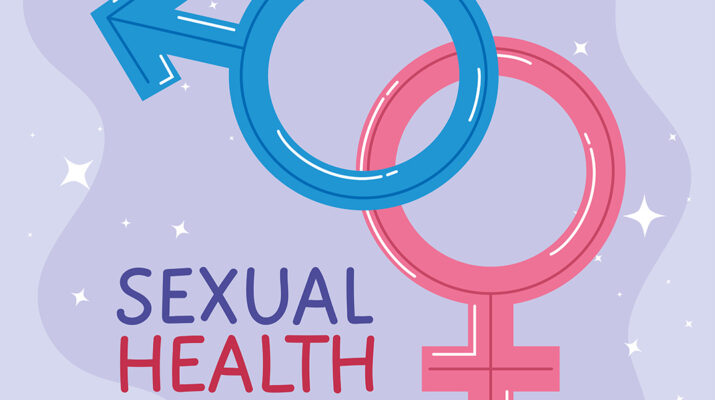STIs are surging among older people
By Barbara Pierce
Sexually transmitted infections — namely syphilis, gonorrhea and chlamydia — have increased significantly both nationally and in New York state since 2000, according to Public Information Officer Monica Pomeroy of the New York State Department of Health.
“While most STI diagnoses are seen in younger individuals, there has been a steady increase in diagnoses in senior citizens, people older than 60,” she added.
STIs jumped nearly a quarter among seniors since the pandemic.
Researchers speculate this rise is simply because older adults are having more sex than in generations past. And without a fear of pregnancy, they’re not using protection.
Yes, older people are having sex. 40% of those older than 65 report being sexually active according to a study done by the University of Michigan. And liking it. Most say sex is important to their quality of life. That’s the good news.
The bad news is that STIs are surging among older people.
Between 2017 and 2022, early syphilis, gonorrhea and chlamydia diagnoses in seniors increased by 116%, 104% and 62% respectively, said Pomeroy. For older folks, syphilis cases are now nearly 700% higher than in 2010, gonorrhea has grown by 600%, chlamydia has quadrupled, said the CDC.
That’s an immense surge. A skyrocketing increase.
You may know these cases as sexually transmitted diseases. The wording was changed because the word “disease” suggests noticeable medical problems. Many of the most common sexually transmitted infections have no signs or symptoms or they are very mild. Even with no signs or symptoms, STIs can cause serious health problems, so it is still necessary to get tested and treated for STIs.
STIs are caused by bacteria, viruses or parasites and can be treated with antibiotics, antivirals or medications. Most STIs go away after treatment, but some may require lifelong management.
They can be treated with the right medication, but they do cause complications if left untreated. This is especially true for older adults, who often have other medical conditions that could worsen with an infection.
Why does this matter? It matters because if older folks get STIs they can be more difficult to handle and may be more difficult to diagnose. As people age, their immune system weakens making it harder to fight off infections.
Symptoms of STIs can be mistaken for other infections or common problems of aging. For example, gonorrhea can cause arthritis-like symptoms, and HIV can cause weakness and fatigue. Also, medications used to treat STIs can interact with other medications.
How can the rising STI rates for older adults can be explained? “A number of factors contributed toward increases in STIs in seniors,” said Pomeroy.
Some of these factors, Pomeroy states, include changing attitudes about sex and lack of knowledge or understanding about STIs. Also, older adults may believe they have a low or nonexistant risk of acquiring an STI.
Additionally, their health care professional doesn’t often ask about whether they are sexually active, assuming they are not. Unless you bring it up with your health care provider, it doesn’t get discussed. This results in a missed opportunity to screen, diagnose, treat and educate older adults and thereby reduce the risk of getting and transmitting an STI.
Others point to the fact that the market for devices and medications that address sexual health problems is flourishing. After the introduction of Viagra, the risk of STDs increased significantly among widowed men.
Another factor is that online dating services are increasingly attracting older people. And older people are more likely to live in senior communities and have multiple partners.
This is a generation that came of age with “free love” — education about sexually transmitted infections didn’t become common until the 1980s. They may carry this perspective of sex and free love into their later years but fail to incorporate the safe sex component that is being taught to younger generations. Lack of concerns regarding pregnancy for partners in this age cohort results in far less use of condoms.
Symptoms of a STI can vary depending on the type of STI. Symptoms may include bumps, sores or warts around the genitals, mouth or rectum, vaginal or urethral discharge, painful urination or sex, itching, soreness or bleeding around the anus, stomach pain or fever.
Some people may not have any symptoms or their symptoms may improve on their own. It’s also possible to pass an STI on to others without knowing it.
Some things to consider if you’re an older adult who is sexually active:
If you have a new partner, both get screened for STIs before having sex. Use condoms. If you experience any unusual symptoms after sex, don’t delay treatment.
More about STI
More information about STIs, including fact sheets and the most recent data and statistics, is available on the New York State Department of Health website: www.health.ny.gov/diseases/communicable/std.

